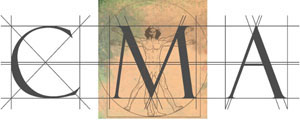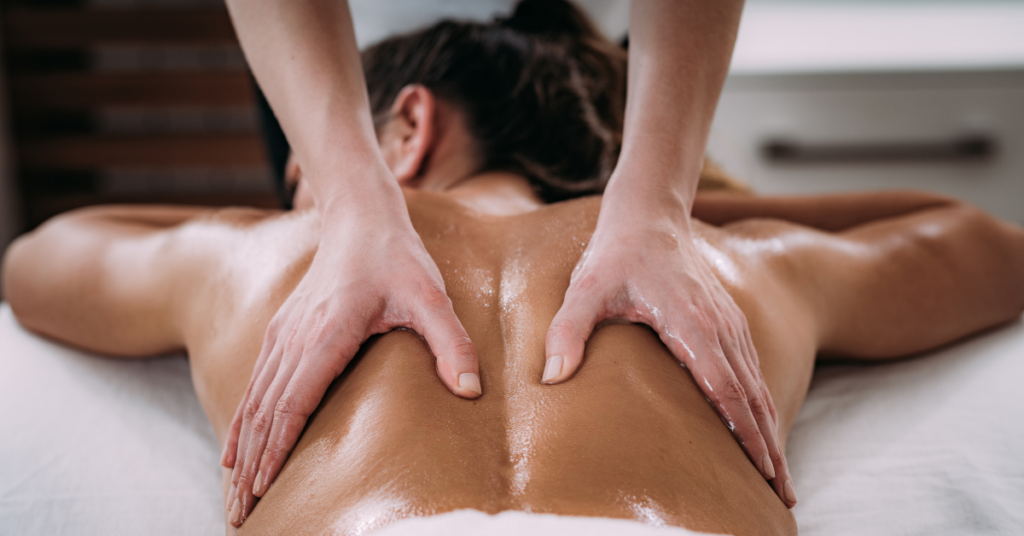Massage
Massage is a form of touch that enables the body to relax, thus inducing a feeling of well-being. More vigorous forms of massage can free up tense muscles and help with stiff joints. Sometimes deep-seated emotions are released during a massage.
This document provides general information on what to expect when you visit a massage therapist, as well as explaining briefly how the discipline works. It must be noted, however, that every therapist works in an individual way, and may subscribe to slightly different theories as to how the practice is carried out. It is always advisable that you ask to see relevant qualifications and discuss the treatment offered to you by the practitioner if you are in any doubt whatsoever.
What is massage?
The body is covered with skin, which is the body’s largest sensory organ. Messages are sent through the skin to the brain via the nervous system. Thus, massaging the skin has an effect on the entire body, including one’s heart rate, blood pressure, and breathing. It can also help to eliminate toxins from the body and improve muscle tone. Massage facilitates the release of chemicals known as endorphins, the body’s own natural painkillers, bringing about a feeling of relaxation and well-being. As stress levels reduce, the body’s own natural healing abilities kick in. Massage also serves to reduce the body’s levels of chemicals such as cortisol and norepinephrine, which, if found in high dosages, could seriously impair the immune system.
Main uses
Stress, fatigue, insomnia, headaches, the complications of AIDS, muscular aches and pains. People taking medication for pain-relief, epilepsy, etc., often find that after a time that they can lower their dosage, since massage enhances the effect of the medication they are currently on.
What to expect when you visit a therapist
You will be asked questions relating to your medical history and perhaps that of your immediate family. Lifestyle questions regarding such matters as your dietary habits, sleep patterns, exercise regime, and stress levels will also be put to you, to ensure that a holistic approach is taken.
You will be asked to undress behind a screen or in another room and wrap a towel round you. You may keep your underwear on if you feel more comfortable that way. You will then be asked to lie on a couch where you will be covered with towels to keep you warm and to help you feel less exposed.
The only part of your body that will be uncovered at any one time will be the area that the therapist is working on. A carrier oil, usually grape-seed or sweet almond oil, is used to ensure that a free flowing motion is achieved. The massage usually starts with the back area, using gentle stoking movements with the flat palm of the hand. This movement not only warms up the skin, but it also ensures an even spreading of the oil. Deeper massage techniques such as kneading, petrissage, hacking, and cupping may be used.
The therapist will massage the whole body, including the buttocks and the stomach, but, as with any part of the body, you can request that the therapist not massage these areas if you are not comfortable. The treatment usually ends with a light facial massage. Sometimes people feel so relaxed that they fall asleep during massage, and others may become quite emotional if deep-seated feelings are brought to the surface.
History (in brief)
Massage is mentioned in many ancient texts, as well as being represented in Egyptian paintings and drawings. It is by far the oldest form of medicine known to humankind.
Ambroise Paré, a 16th-century French royal barber surgeon, was a particularly vocal advocate of massage, as was Pehr Henrik Ling, a Swedish gymnast who brought it to the fore in the late 19th century. St Thomas’s hospital in London had a massage department up until the 1934, where it treated those who were suffering from shock in World War I. The subsequent decline in massage was due to a combination of the advances made in pharmacological drugs and the seedy reputation that massage was getting at the time. Brothels offered ‘massage’ in an attempt to sidestep the illegality of advertising sex, and the practice of ‘genuine’ massage suffered greatly as a result. Today, in the UK, massage is gaining a more respectable image, and is commonly available in health clinics and resorts, and it is even regaining its foothold in hospitals.

